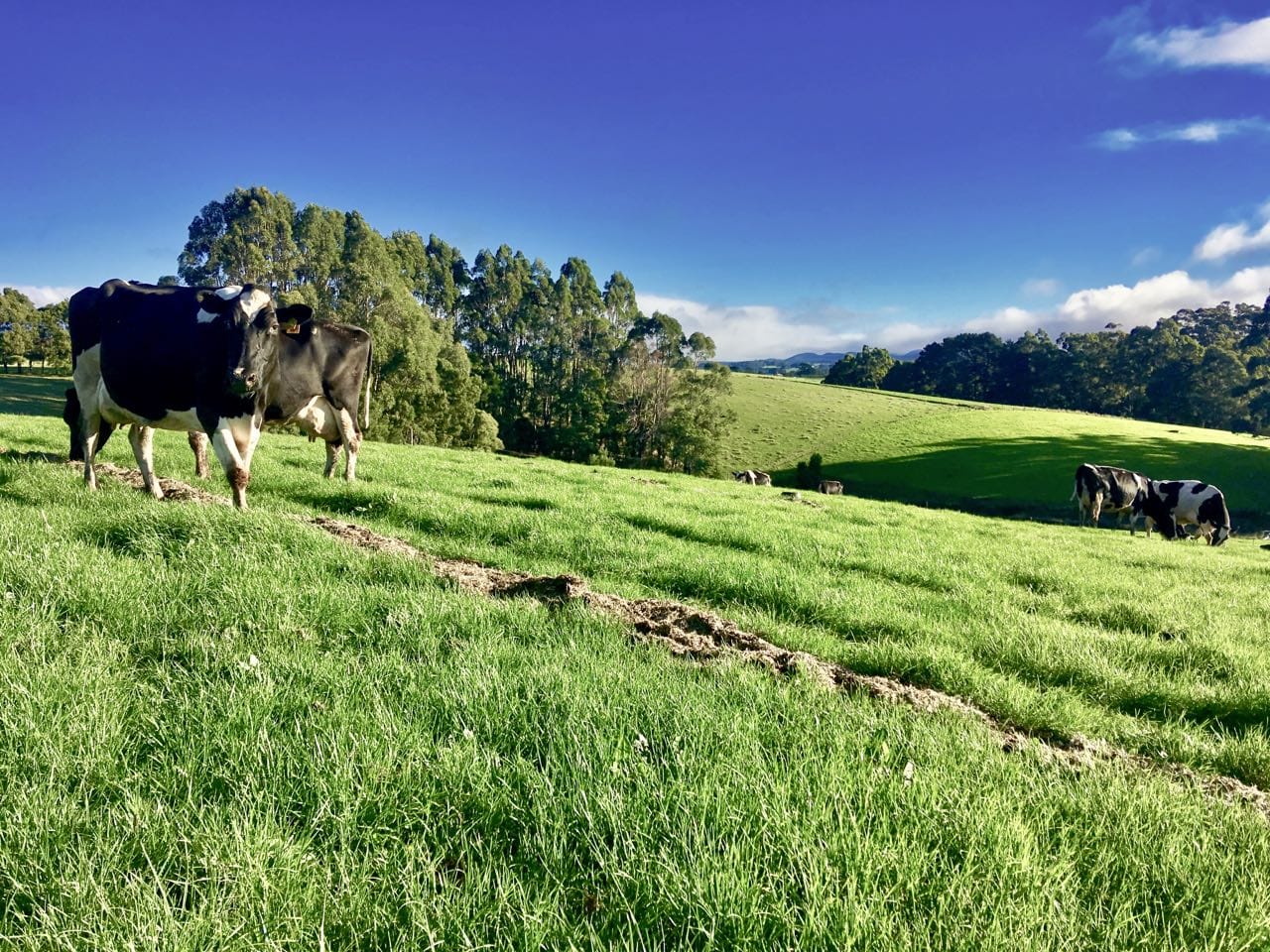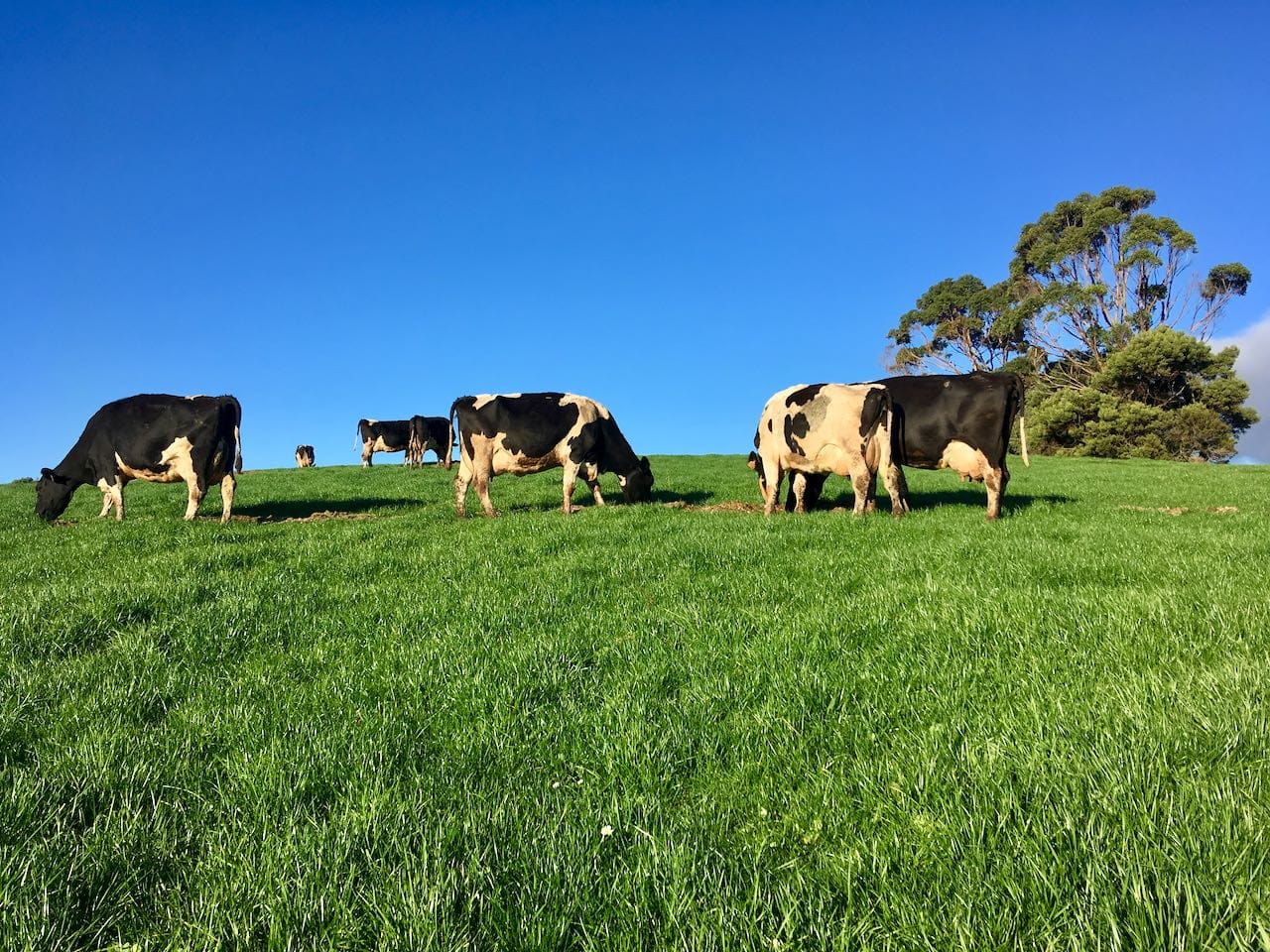The fact that in countries across Australia, New Zealand, Latin America, South and Africa the pasture-based dairy farmers have the capacity to grow and harvest forage on farms almost all year round. This provides farmers with a huge competitive advantage in the cost of feed. However, feed cost is still the most significant cost for farmers.
The cost of feed now represents 60-70% of the operating costs of a typical dairy farm, and this number is expected to grow. As a result of this, the further development and implementation of cost-effective forage production using grass silage, tall fescue hay or local grain crops will become an increasingly important focus.
In order to ensure that sustainable dairy prices are available to all farmers, we need to work on ensuring a steady supply of cheap and nutritious feed.
It has been recognised that there is significant room to improve on-farm efficiency on pasture-based systems by growing more forage. Also, there is room for improvement in improving forage utilisation and increasing the efficiency in the way we use supplementary feed (for example, grain-based concentrates).
Forage is the major nutrient input in most pasture-based cropping systems, and therefore it seems logical to have a focus on improving its productivity. However, productivity has been increasing slowly for many years, but unfortunately, the productivity of pasture does not reflect that improvement. There are many reasons why this is so, including a lack of systematic focus on pasture.
To quickly summarise what I am saying, it is not only how much pasture farmers can grow, as more important is how this pasture is utilised.
Pasture Utilisation can be defined as the total amount of pasture dry matter (DM) that is harvested and consumed – through direct grazing or in form of forage reserves. In Australia for example, the average national current levels of pasture utilisation are around 6-7 tDM per hectare. Although we have seen a slight increase in the last 10 years, this is still relatively low in comparison to the levels achieved by top farmers (8-10 t DM/ha) or by research (12 -14 t DM/ha). Historical data from Dairy Farm Monitor Project (Victoria) showed that the top farms in terms of profitability consistently achieved high pasture utilisation. There is no doubt that pasture utilisation is a key driver of profitability.
The good news is that there is a huge opportunity to increase pasture utilisation!
Grazing management is key to achieving high levels of pasture utilisation. This aspect is being recognised that some of the losses in pasture utilisation are due to poor management grazing decisions.
To make better and more informed decisions, farmers need to know how much the pasture is growing (pasture growth rate) and how much pasture is available for consumption. Without knowing this information, it is almost impossible to achieve good grazing management! Without accurate pasture allocations, high levels of pasture utilisation are very difficult to achieve!
Until now, the easiest way to measure pasture growth was to walk the paddock and visually estimate how much grass there is per square metre. This method has been used for many years but has a number of limitations.
Overestimating pasture cover and growth rates or conversely underestimating is a significant issue with eyeballing pasture. How accurate is your eyeball, or perhaps the question is, how accurate do you care that your eyeball is? In the end, how accurately you measure pasture has a direct impact on your farm profit margins.
Now, why would you risk such a significant lost opportunity in farm income when you could measure your pasture accurately. There's even technology out now that lets you measure from the comfort of your farm office. It's as easy as turning on the power and connecting your tablet, smartphone or computer, then opening up your farm dashboard.
In addition to accurate timely data, and simple analysis tools, farmers also need to know how much they are losing out on. Beukes et al. 2019 did exactly this by studying different models on a farm in New Zealand that looked at the potential production of various pastures as well as economic benefits for investing time or money into measuring herbage mass.
They then took this information to see what additional profit could be gained by utilising the measurements to make informed grazing decisions.
Essentially increasing pasture utilisation on dairy farms leads to strong profit margins.
After all, poor pasture utilisation can decimate the profitability of a farm. The aim should be to achieve at least greater than 80% or more pasture utilisation in normal seasons.
The question I always like to ask farmers is… Do you know how much pasture you are growing? And even more important, how much pasture are you utilising?
Farmers need to know how much pasture they are growing and how much of it they are utilising. They can measure the amount using a number of different tools, including estimating from with the eyeball method (the worst idea, but perhaps better than not eyeballing at all!), using rising plate meters through to tow behind pasture measurement devices like the Ellinbank Pasture Reader and the CDax rapid pasture meter. Most notably, is the latest tech in satellite pasture measurement services that are bounding along with advancements in paddock and soil sensors, and satellite optics.
Anyway, a little of the topic when I want to highlight that there is a difference between growing a lot of pasture and not utilising a lot of it.
In my experience, there is a huge disconnect between the two.
You can grow a lot of pasture, but if you're not utilising it for grazing, then what's the point?
Why bother growing all that rank grass?
Do you know how much your farm is producing in terms of feed equivalent per unit area across the whole system?
How much do your paddocks produce and are they utilised properly to get the best return on investment for both energy and money?
What about your competition…the next farmer down the road who also has pastures that might be being underutilised!
If you don't know how well utilised these areas are then how will you ever improve things so that produces the highest yielding profit margins?
Here is where I think a tool like Pasture.io can make the whole difference in your business. The possibility of getting all your Pastures Key Performance Indicators (KPI’s), such as Pasture Growth Rate, Farm Pasture Cover and your Feed Wedge on a daily basis and with zero labour! With these KPI’s updating on a daily basis, you will be making all the grazing management decisions with confidence and accuracy, increasing your chances of achieving greater Pasture Utilisation.
This is how I’ve been doing it with my own family dairy farm business and my accounts on Pasture.io have been a great way to compare each of the pastures, as well as allowing me to see outputs from pastures that we grazed in previous years. If you work with livestock to provide income, an integral part of your management is providing your livestock with the most nutritious and cheapest feed that meets your financial goals.
Think of something like Pasture.io as a manager’s dream.
Until we meet again. Happy Grazing!
- The Dedicated Team of Pasture.io, 2021-06-30

